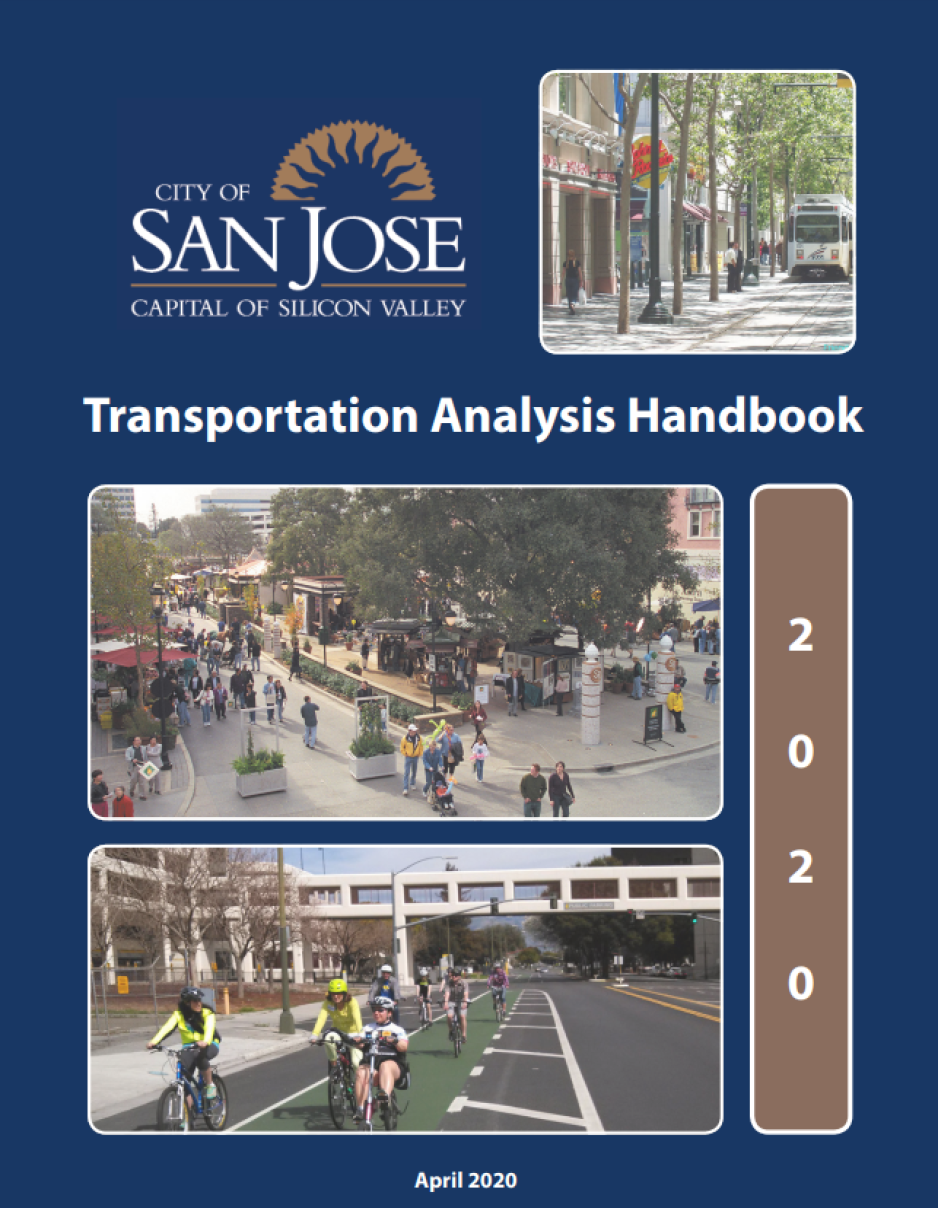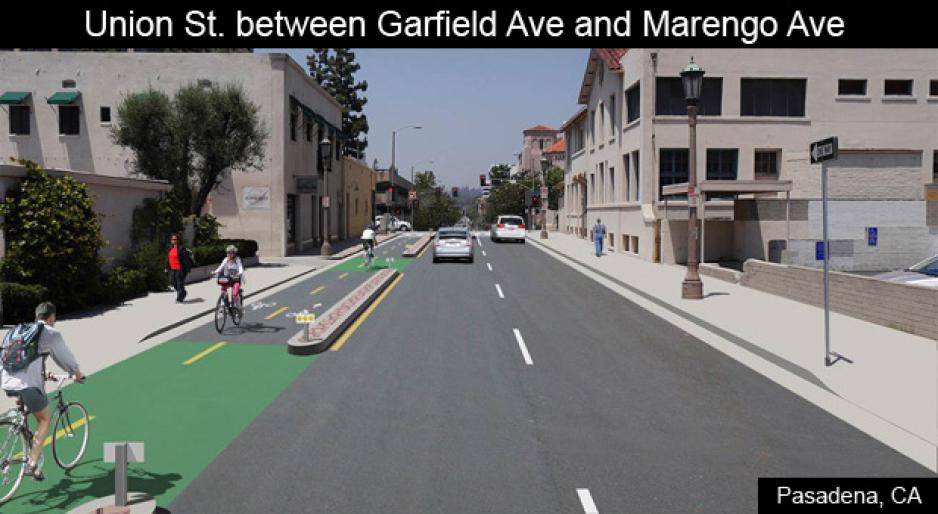San José, CA, USA - Transportation Analysis Policy Change
In February 2018, the City of San José became the first city in Santa Clara County and one of the first cities in the State of California to adopt a transportation analysis policy that shifts from the use of LOS to VMT in CEQA analysis in accordance with SB 743. In addition to establishing VMT screening policies and VMT thresholds, the City’s new Transportation Analysis Policy also established a policy for Local Transportation Analysis (LTA) to be conducted outside of CEQA. The City’s new LTA practices de-emphasize LOS analysis of development projects, scaling back the number of locations where LOS analysis is conducted, and emphasizing localized operations, safety, and multimodal analysis instead.
Fort Collins, CO, USA - Multimodal Level of Service Standards
The City of Fort Collins was one of the first cities to adopt Multimodal Level of Service (MMLOS) standards to evaluate how projects serve pedestrians, bicyclists, transit riders and vehicles, in the late 1990s. Consistent use and implementation of MMLOS practices helped to achieve multimodal goals and objectives, meet community needs, and provide transparency for developers and the public. In the latest Fort Collins City Plan (April 2019), the City has indicated that it intends to move away from MMLOS standards to a guideline-based system to inform City planning efforts, capital projects and the development review process. One of the key objectives in updating these standards is to streamline the development review process, providing clarity for both developers and City staff.
Pasadena, CA, USA - Traffic Reduction and Transportation Improvement Fee
The City of Pasadena adopted a transportation impact fee in November 2006, which was re-adopted in July 2017 as the “Traffic Reduction and Transportation Improvement Fee.” Funds collected are used to implement the municipal transportation projects required to address traffic generated by new development; improve the infrastructure for pedestrians and bicyclists; and increase frequency of service on the Pasadena Transit System. The transportation projects were identified in the General Plan Mobility Element, the City’s Capital Improvement Program and the City’s Transit Master Plan. The Fee was calculated by dividing the cost of the transportation improvements needed to mitigate the significant impacts of new development by the number of VMT from net new development.


